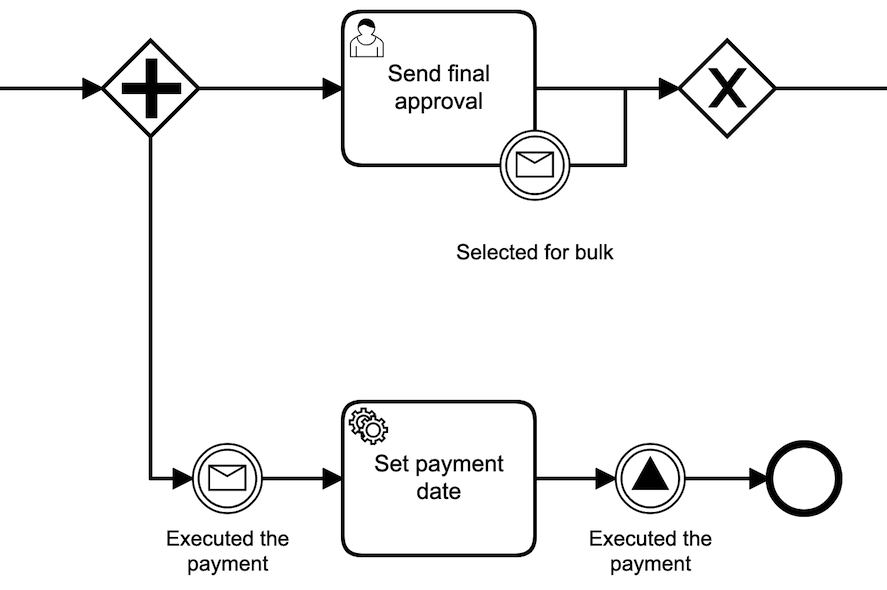3 Examples of Workflow Automation in the Public Sector
By Anouk Demeester - Marketeer - about 4 years ago

Workflow automation is a technique worth considering when you are simplifying public services. By automating small parts of your workflow you can improve the quality and the speed of the overall service. In this blog article, we share three practical examples to give you a better understanding of the potential of workflow automation in the public sector.
Example 1: Automated payments
A public service process often closes with a financial transaction to a citizen. Typically the payment takes place in another system and requires a manual interference. In the example below, we use workflow automation to link both systems and trigger the payment process as of a certain task is completed. A rather small digital intervention but in the end a big timesaver for the employees.

Example 2: Administrative checks
By automating (a part of) the control of a service request, you can take away the administrative burden for the case manager. You can, for example, automatically check if the requester has the required age to receive the public service. This way, no manual interference is required. In the decision table below you see how that would look like in DMN (Decision Model and Notation).

Example 3: Multi-channel communication
The Flemish Disaster Fund (Vlaams Rampenfonds) used workflow automation to communicate with the citizen via multiple channels. By default, the end decision is being sent to the person's eBox. Each Belgian citizen has a digital mailbox via which they can receive official documents. When the recipient did not yet activate his eBox, an alternative track is automatically triggered to send the communication via post.
There are many variations on these examples for each public service process. Create a list of all your ideas and evaluate if they are a good match for workflow automation. Do you want to learn more about workflow automation? Download the free starter guide here.
